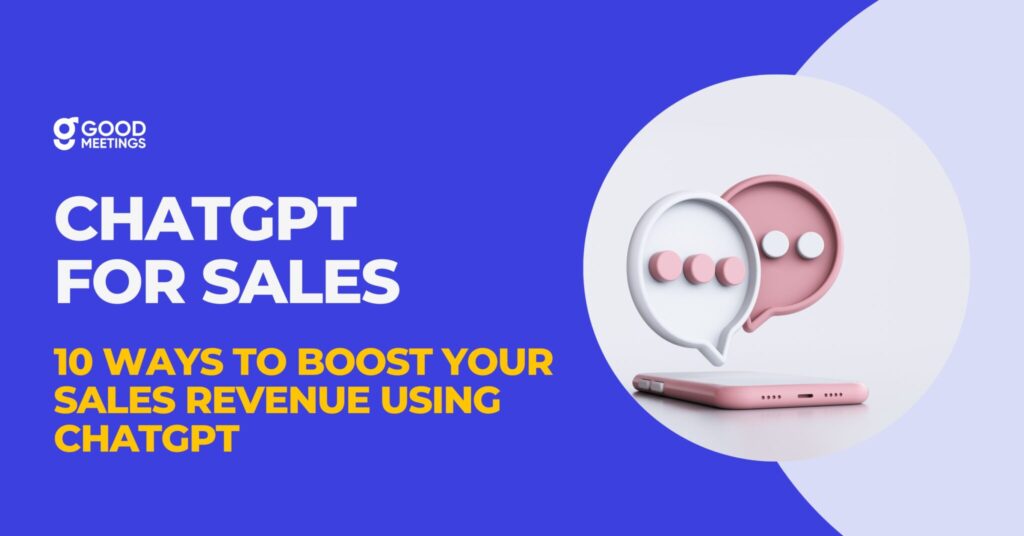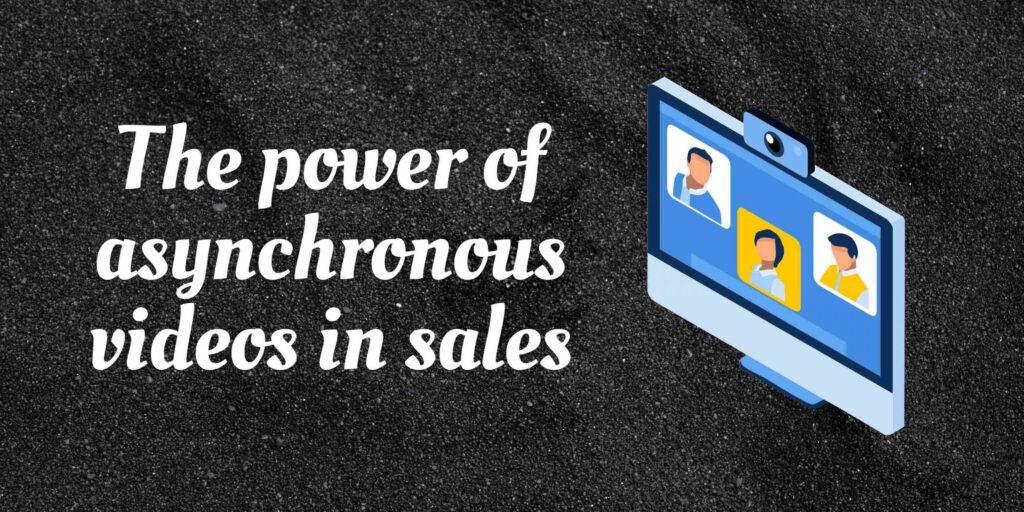
Every sales development representative wants to be able to generate plenty of leads for their organization. An SDR is directly affecting a company’s marketing efforts by searching, processing, and validating leads. An important strategy is cold email outreach. When done right, cold emailing will tremendously support you in expanding your client base.
Why do you need a killer strategy for cold outreach?
Cold email outreach is an effective and affordable outbound sales prospecting technique for generating leads. Cold emailing has been a substantial source of networking and lead generation. Here, you use a personalized email to start a conversation and eventually build a meaningful relationship with your perspectives. As you will construct the foundation of a good relationship, you will find it much easier to convert them into your customers.
Now the question arises why an SDR needs a cold email outreach strategy? Since businesses are shifting to online platforms, finding effective ways to generate leads and higher conversion rates has become pertinent. Further, cold email outreach is affordable and better to increase your customer base than other lead generation techniques like offers and discounts or cold calls.
More importantly, it helps you build a close relationship with your clients. Therefore, SDRs must frame unique cold email campaigns and increase open and response rates.
Now let’s look into the step-by-step process to help you create your cold emailing marketing strategy.
How to win at cold emails in 6 steps
Are you ready to kick-start your cold email campaign? Here’s how you can do it.
Step 1: Set your goals for sales metric
Everything begins with the goal that your team wants to achieve. The first step is to determine the ideal result you want from your cold campaign before you plan out its details. For example, if an SDR wants to get sales from a new offer, it is important to send an intriguing and compelling cold email to the potential customer. The expected outcome is to direct maximum people to the brand page to use the offer and increase sales.
Step 2: Build your customer persona
Cold email outreach strategy should not just be based on intuitions and guesswork. It is pertinent that you do proper research while identifying your potential clients. You need to know who would be the right prospects to reach out to. You don’t want to nag or annoy folks who don’t need your product or service. This stage is all about building a customer persona.
- A clear idea of the prospect– As an SDR, you need to be 100% sure of the kind of people you are looking for cold email outreach. The persona should align with the company’s vision for customers and profitable clients.
- Relation to the product– How will your product or service benefit the target prospect. You can take surveys from existing customers and figure out how your product was helpful to them. Your ideal customer persona will be people with similar pain points.
- Are they the decision-makers? If not, how will they influence the buying decision? Depending on their interests in the buying process, you can figure out the messaging that can pique their attention. At this stage, collecting data related to the time taken to make a purchase can also be helpful. If most of your customers make instant purchases, as an SDR, you need to strategize how to pump products to them. If the customers are taking longer, you need to send convincing cold emails to take them to the buying stage.
You have drafted what a potential customer looks like. What now?
Step 3: Prospecting
Prospecting is the step to finding people or companies that fit into your ideal customer persona. Prospecting is finding leads and approaching them such that they can be converted into customers. A few actionable steps for prospecting are discussed below.
- Demographic information- their age, location, gender, etc. Most public databases of a company will have information about these. You can find this information on their social media profiles, such as LinkedIn, Twitter, Facebook, Instagram, etc.
- Research competitors – You can check your competitor’s customers and deduce the connection of how they found them.
- Use public websites- It is always better to find potential in a group. It could be Facebook groups, subReddits, or Quora queries filled with people looking for products or services like yours. Interacting with these people will help them get to know the brand.
- Use softwares or services: Use professional service or softwares that help with prospecting.
There are various ways to impress these prospects with your email. It would be best to find common ground for reaching out to them.
Step 4: Draft the email
After setting your goals and understanding the client, you will have to build a well-crafted cold email copy that evokes powerful emotions in your perspective towards your brand. When you try to relate prospective clients to the product/service emotionally, it helps boost your sales.
- Personalization: The open rate will be increased by adding the prospect’s name in the subject line (which can be deciphered through the email id).
- Make emails easy to digest: Give appropriate gaps between paragraphs and follow conventional templates of a subject line, salutation, clear CTA, etc. You can try to experiment, but don’t make it confusing.
- Use interactive futures: You can use AMP emails to add interactive features to attract prospects, including scheduling meetings/demos or avail offers from the email inbox itself. It will help reduce redirection and better engage your prospects.
- Add videos and gifs: You can also add a video meeting feature to help prospective clients connect with you directly. Asynchronous videos are quite effective in cold outreach efforts. Sending a personalized video speaking directly to the client makes the message seem more sincere and personal and is quicker to consume. It needs research about clients but rest assured the efforts are worth it in the long run. It is better to send fewer, targeted, and more effective cold emails than hundreds of mediocre cold emails that reap no benefits.
- Proofread: Always check the email draft before clicking on the send button. You don’t want embarrassing typos after a great email design is sent to the prospects.
An interview with Ashwin Krishna, an award-winning B2B marketer, revealed a simple and efficient first cold email template.
The stage of drafting an email is not just limited to making one or two but several emails as per your client’s values, needs, and pain points. Even after mastering the ‘first’ cold email template and executing it to perfection, your job is far from being done. You will have to send follow-up emails so that your prospective customers start noticing you.
Step 5: Send Follow-Up Emails
SDR’s most common mistake is not following up. Sending follow-up emails can triple your reply rate. In doing so, make sure that each follow-up message in your email list is not repetitive and has the same information or CTA. Instead, you can add more value and gradually build trust with every follow-up email.
For example, elaborate on why the previous mail helps the receiver. It can be followed up by an email about an offer from the brand with the offer’s benefits. One SDR used another tactic of sending a follow-up email with photos of how old his dog has grown up since the client had last received an email from them. It was outright funny and compelled the client to respond to the follow-up email and left a long-lasting impact on them from the brand.
Step 6: Send, analyze, learn, iterate
We have now reached the last step of creating a successful cold email outreach campaign. It is necessary to check how your email is performed so that you can improve future campaigns. Here’s what you should look at.
- Open rate–to check the working of your subject line in the email. 25% or more open rate is considered good as per average benchmarks for cold emails. However, do check the same for your vertical/industry.,
- Response rate– to check if your email message is relevant to the recipients. Good cold email response rates may vary from 5% for some sales emails to 20% or even more than 40%. The higher, the better.
- Conversion rate– if your email is aligned with your sale, then the higher open and response rates should naturally lead to increased sales.
It may seem nice to look over positive statistics, but you will have to try out more methods and ways to test whether they can further increase your sales.
To find in-depth insights, you will have to split the components of the email and then test it. It will help you to reveal the best-performing pieces. You can test your email by looking into the following components:
● Subject lines
● Opening lines
● CTAs
● Send time
You should know which component affects your email and how it affects your results. Moreover, you should find ways to connect two components like changing CTA plus subject line and compare their effectiveness.
Then tweak, optimize and test your cold emails again and again until you reach the desired result.
Conclusion
As you may have noticed, planning out your campaign forms the foundation of your cold email outreach campaigns. Without setting the goals, your cold email outreach is bound to fail. Therefore, setting your goals and planning the nitty-gritty of your ebetter results.





